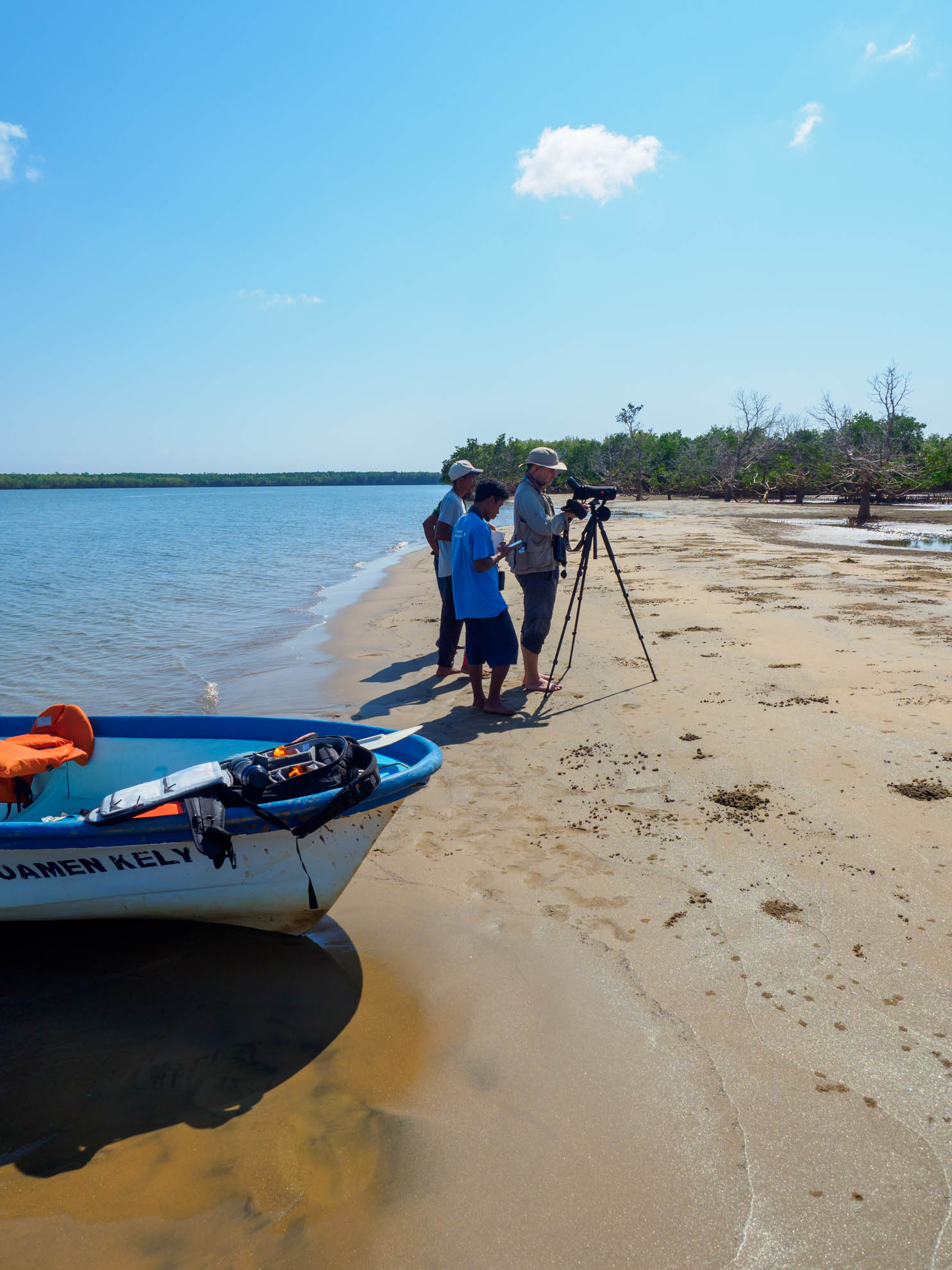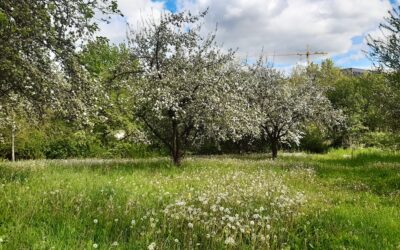Species conservation & research
We collect data on populations and distribution of key species in the Menabe Antimena Conservation Area in order to optimally plan conservation measures and measure success.
About the projects
Why research?
Recording the distribution and density of populations is essential for planning nature conservation and species protection measures. At the same time, we can only capture the success of our actions by measuring the effects on populations. Surveys and population monitoring are therefore important components of our work. Furthermore, we still know very little about the biology of many species threatened with extinction. However, basic knowledge of a species’ biology is often critical to saving the species from extinction in the long term.
Citizen science approaches can also be used to involve the local population in research activities. This generates alternative income for local communities and changes their view of biodiversity in a positive way.

Support us
Support species conservation & research
For example, with 150 € you finance a camera trap. Mit 150 € finanzieren Sie zum Beispiel eine Kamerafalle.
Listen
Acoustic monitoring
With the help of automated listening stations, we support the recording of the occurrence of species as well as their population densities. This method, which is relatively new to Madagascar, is initially being tested on forked-striped lemurs, sportive lemurs and narrow-striped mongooses.
Shy forest inhabitants
Camera traps
Many animals are shy and therefore very difficult to observe and count. Camera traps are very suitable to study also these very shy and inconspicuous species, like the Madagascar giant rat or the fossa.
Conflict potential
People & Wildlife
The fossa, Madagascar’s largest predator, is increasingly coming into conflict with the local population. Shrinking natural habitat often forces fossa to hunt domesticated poultry in villages. We monitor conflicts, advise those involved and develop solutions to avoid conflicts.
Bedrohte Vogelarten
Mangroves as a refuge
A bird survey in the mangroves and coastal areas in 2019 counted 71 bird species. We discovered one of the most significant occurrences of the Madagascar teal, a large population of the highly endangered Madagascar plover and Madagascar heron.
Environmental education
What sticks?
Effects of environmental education? As part of our Little Rangers program, we investigate the effect of our environmental education activities on the children and young people in the Menabe region.
Evaluate condition
Mangroves
In a 2019 study, we examined the condition of mangroves in Menabe. The study applies a rapid assessment tool for mangrove degradation, originally developed for mangroves in Myanmar, to the mangroves of Madagascar. Our results demonstrate the broad applicability of the method in Indian Ocean mangroves.
Partners & Supporters
The projects are funded by:
Affenberg Salem
La Forêt de Singes
La Montagne de Singes
Mandai Nature
Tierpark Berlin
Trentham Monkey Forest
Marlow Bird Park
Zoo Ausgburg
Zoo Berlin
Duisburg Zoo/Fossa Fond
The projects are implemented together with:
CNFEREF
DPZ Madagascar
University of Göttingen
University of Antananarivo
Don’t Miss
News
We inform about news in our blog and on Facebook.
New research initiatives in our biotope project
For a good year now, the biotope renaturation on the grounds of the German Primate Center has been running with our support and we are very pleased that the first research work could already take place on site: students from the University of Göttingen investigated...
How efficient is the reforestation? Study on restoring destroyed forest areas in Kirindy
Every year, fires threaten and destroy the remaining natural habitats of Madagascar. Our project area in the Kirindy Forest is also acutely threatened by this. Due to slash-and-burn agriculture, deforestation in the region has steadily increased since 2010 and reached...
Mission on our doorstep: our biotope project in Göttingen
At the beginning of the year, we were very happy about the start of our first nature conservation project in Germany: since then, we have been supporting the renaturation of a biotope for native flora and fauna on the grounds of the German Primate Center in Göttingen....





